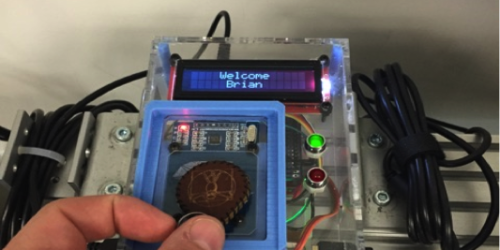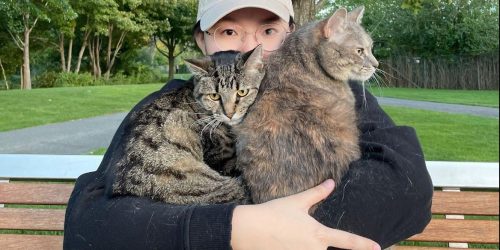Mechanical Engineering Student Sophie Hankin gives us an update on the Smart Playground project and the studded animals she transformed into Smart Modules.
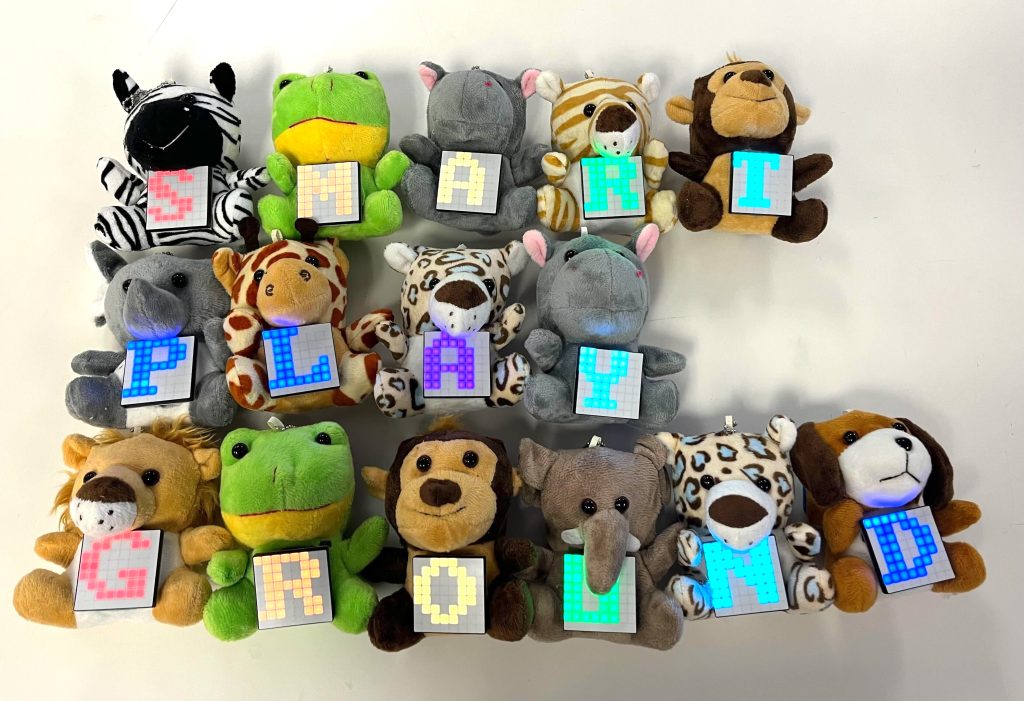
I designed the Smart Module stuffed animals as part of the Smart Playground Project. This project is a collaboration between UC Irvine, Boston College, and the Tufts Center for Engineering Education and Outreach to bring learning to the playground through innovative technology. The goal is to teach kindergarten students Computational Thinking (CT) through play. The modules will be used during class time, in teacher-led activities, however the lessons and technology are designed so children are able to “program” their own experience, fostering creativity, problem-solving, and agency.
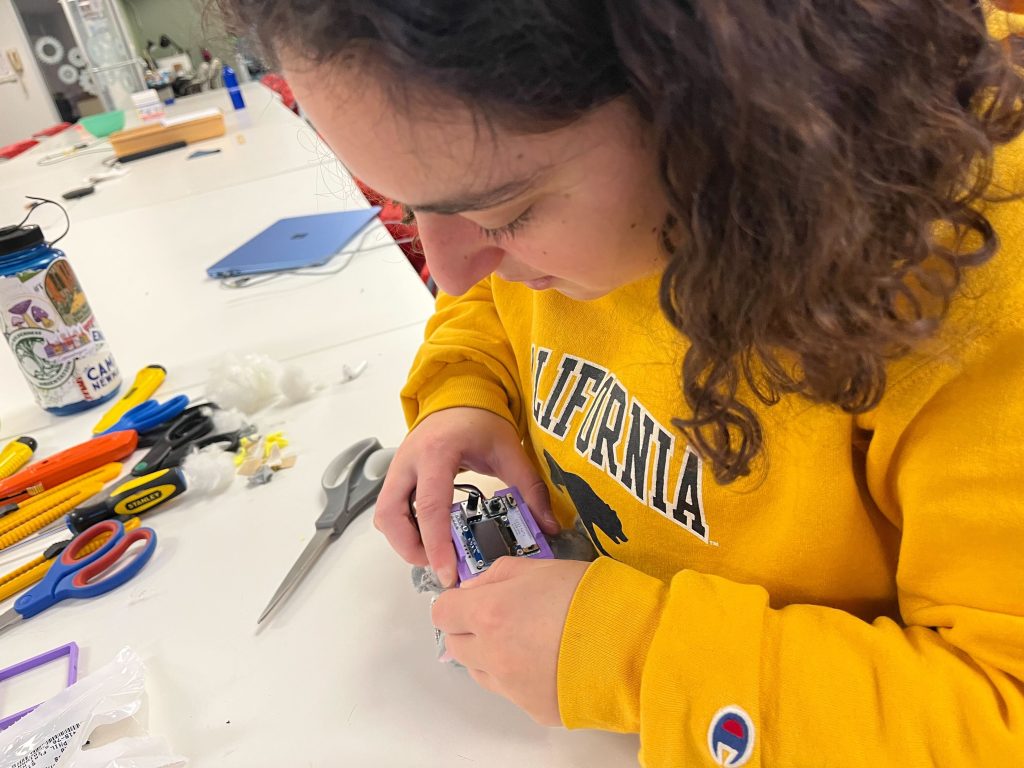
In designing the Smart Modules, I wanted to balance having a wide range of functionalities with being simple enough for young students. Each module includes an LED display, screen, button, dial, buzzer, and accelerometer. The modules can also communicate with each other, and larger pieces of technology around the playground, either through a sent message or based on proximity. This combination of sensors and outputs gives room for children to use them in a multitude of ways, depending on the focus of the lesson.
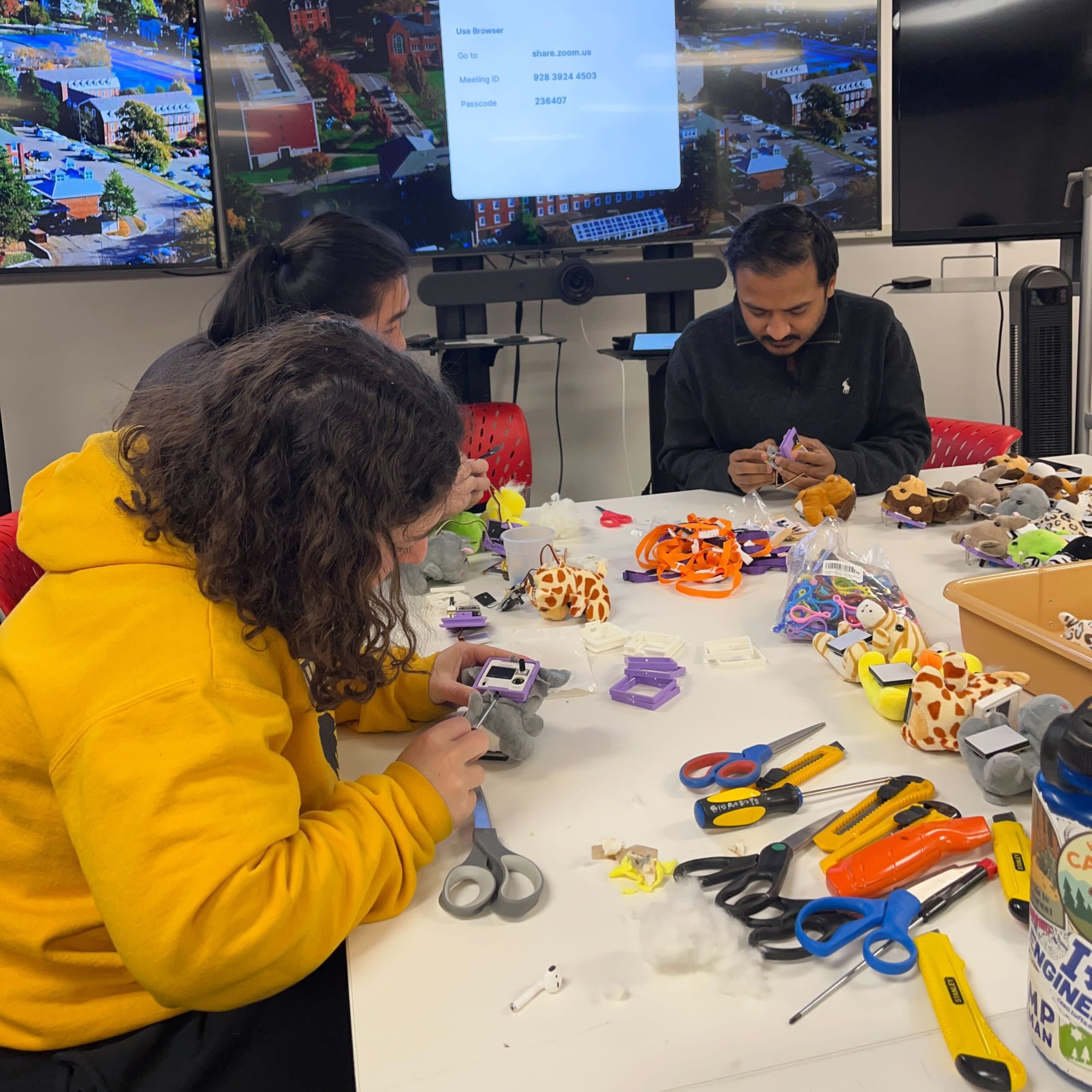
At the end of this month, we will be running a play-test of two lessons at an elementary school in California. The first lesson teaches sequencing and observation through making an obstacle course. Each child will get a module and, using a central control board, will designate themselves as either a “coder” or a “player”. The coder takes their module around the playground to different buttons to create an obstacle course for the players to follow. When they press a button, a pixel matching the button color is added to the LED display on their module. After building up a sequence of colors, they press the button on their module to send their sequence to the players. The players then take turns following the sequence around the playground to hit the buttons in the correct order. Their progress is tracked both on their module and on the control board. The second lesson uses the same concept of sequence building, but this time focused on music. The students step on a series of floor pads with associated musical notes to write a song. The sequence of notes is stored on their module and can be played back when sent to the control panel.
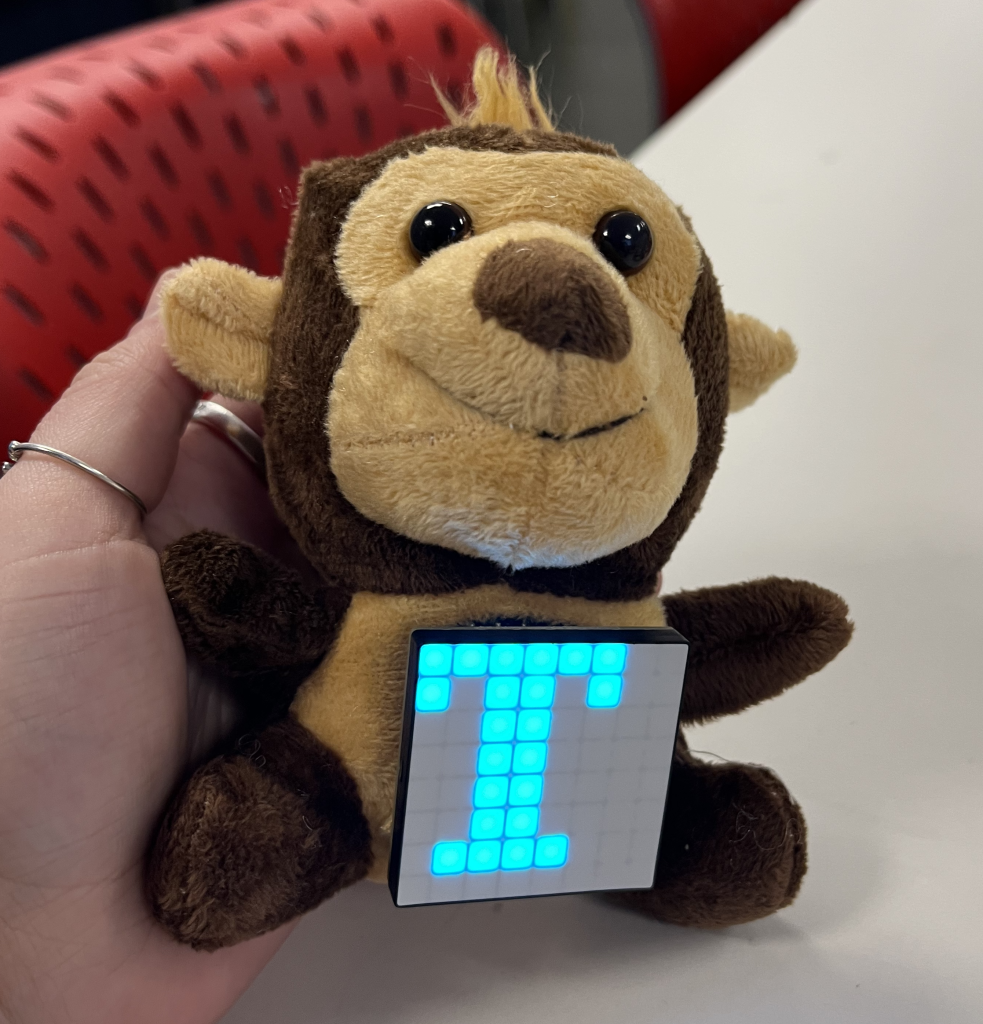
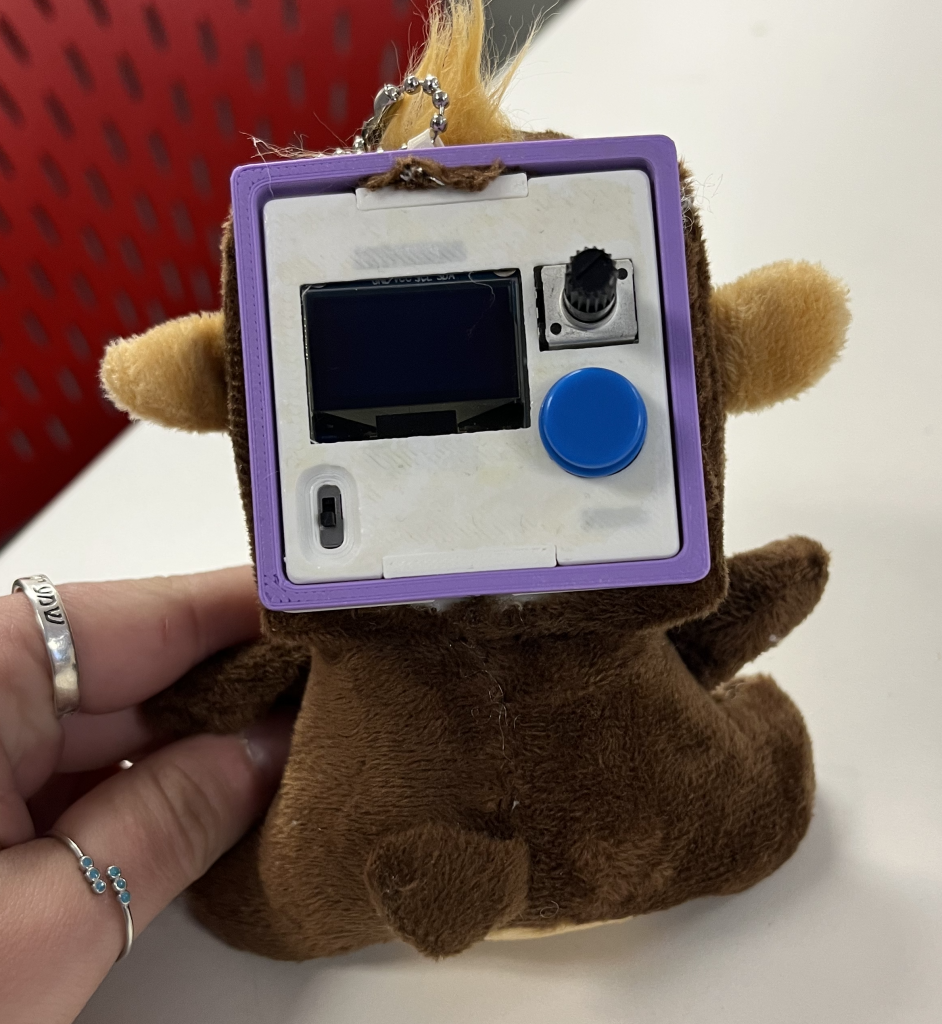
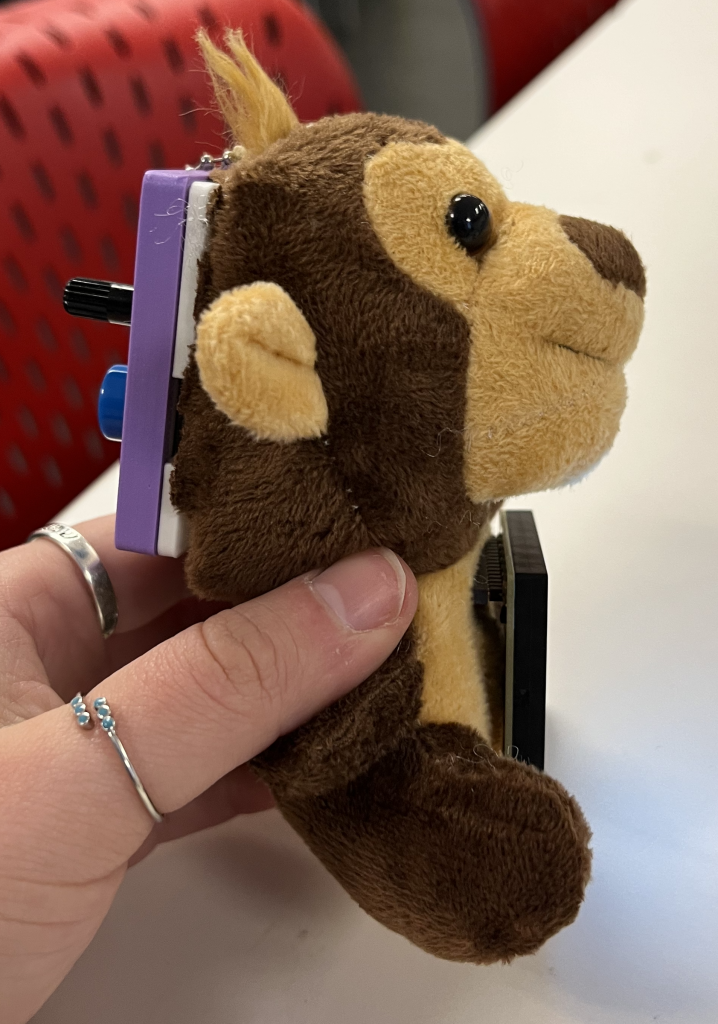
Through testing these two lessons, we hope to gain insight into how intuitive the modules are, the creative ways children think to use them, and if students gain CT knowledge through their use. In the future, we hope to expand how different functionalities are activated, so students can design and execute activities themselves.

